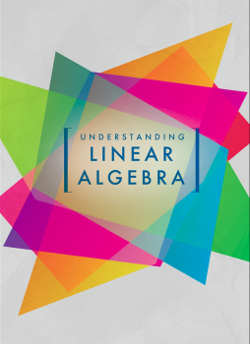Preview Activity 2.3.1. The existence of solutions.
(a)
If the equation \(A\xvec = \bvec\) is inconsistent, what can we say about the pivot positions of the augmented matrix \(\left[\begin{array}{r|r} A \amp \bvec
\end{array}\right]\text{?}\)
(b)
Consider the matrix \(A\)
\begin{equation*}
A = \left[
\begin{array}{rrr}
1 \amp 0 \amp -2 \\
-2 \amp 2 \amp 2 \\
1 \amp 1 \amp -3
\end{array}\right]\text{.}
\end{equation*}
If \(\bvec=\threevec{2}{2}{5}\text{,}\) is the equation \(A\xvec = \bvec\) consistent? If so, find a solution.
(c)
If \(\bvec=\threevec{2}{2}{6}\text{,}\) is the equation \(A\xvec = \bvec\) consistent? If so, find a solution.
(d)
Identify the pivot positions of \(A\text{.}\)
(e)
For our two choices of the vector \(\bvec\text{,}\) one equation \(A\xvec = \bvec\) has a solution and the other does not. What feature of the pivot positions of the matrix \(A\) tells us to expect this?






